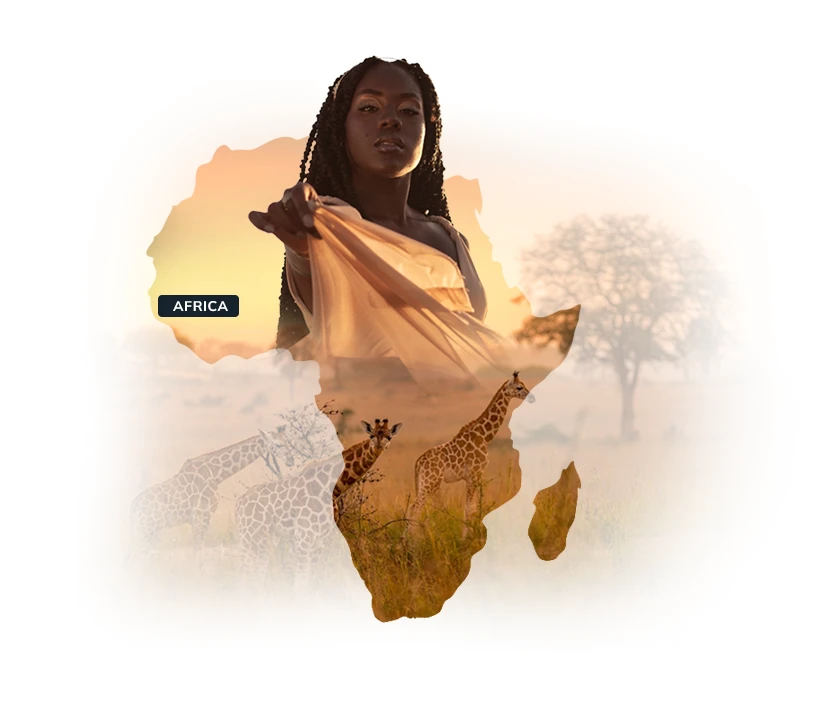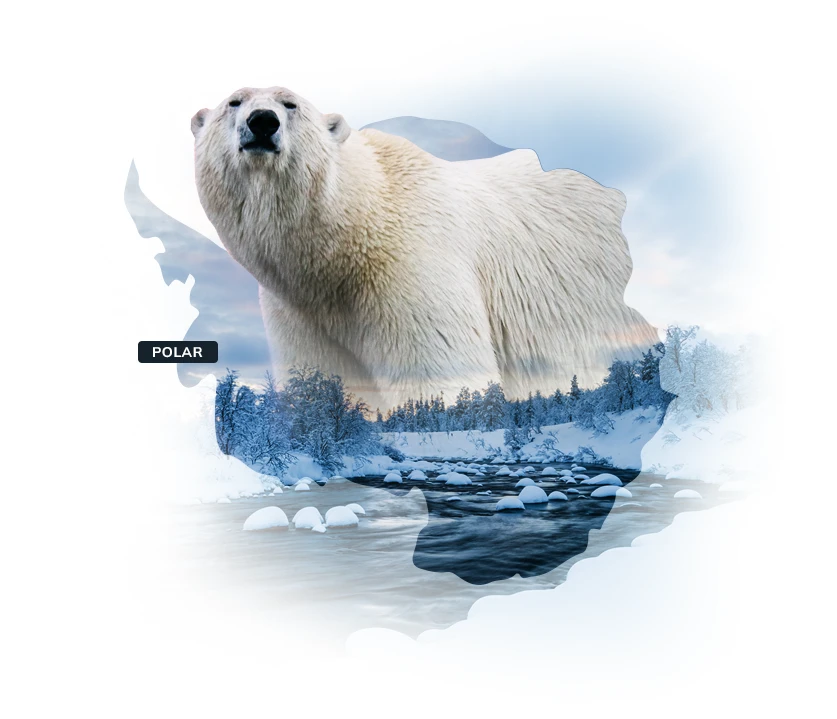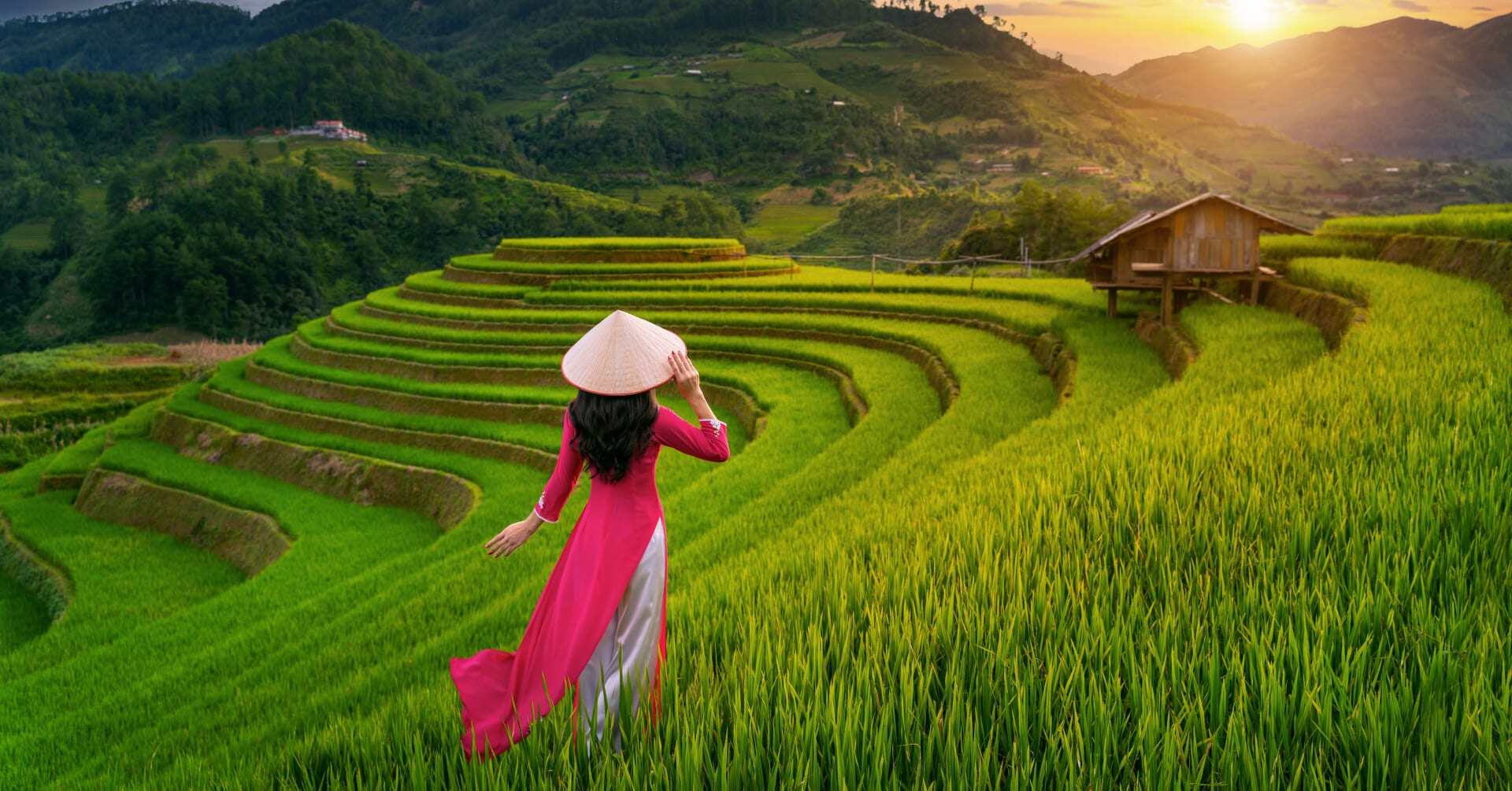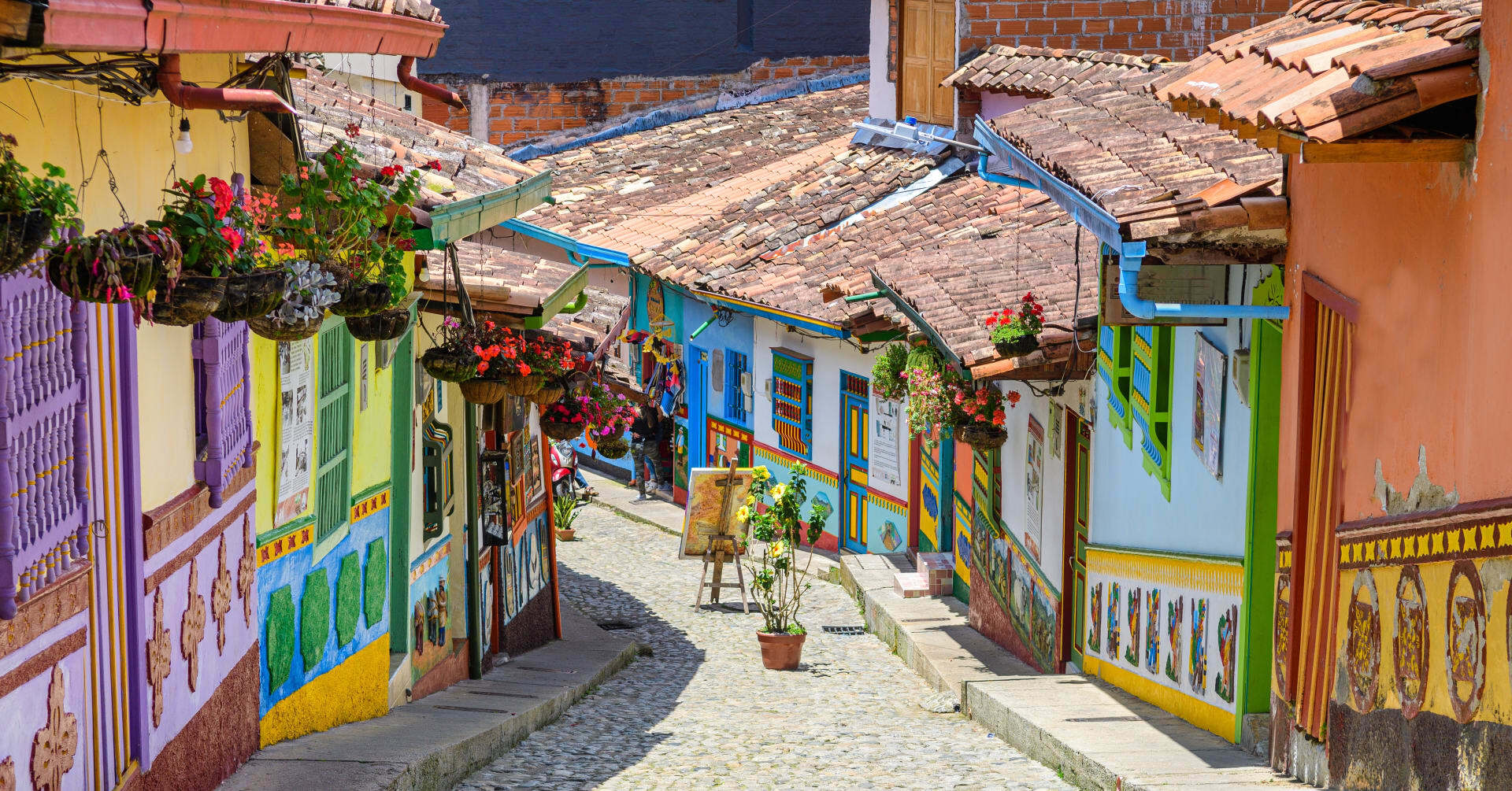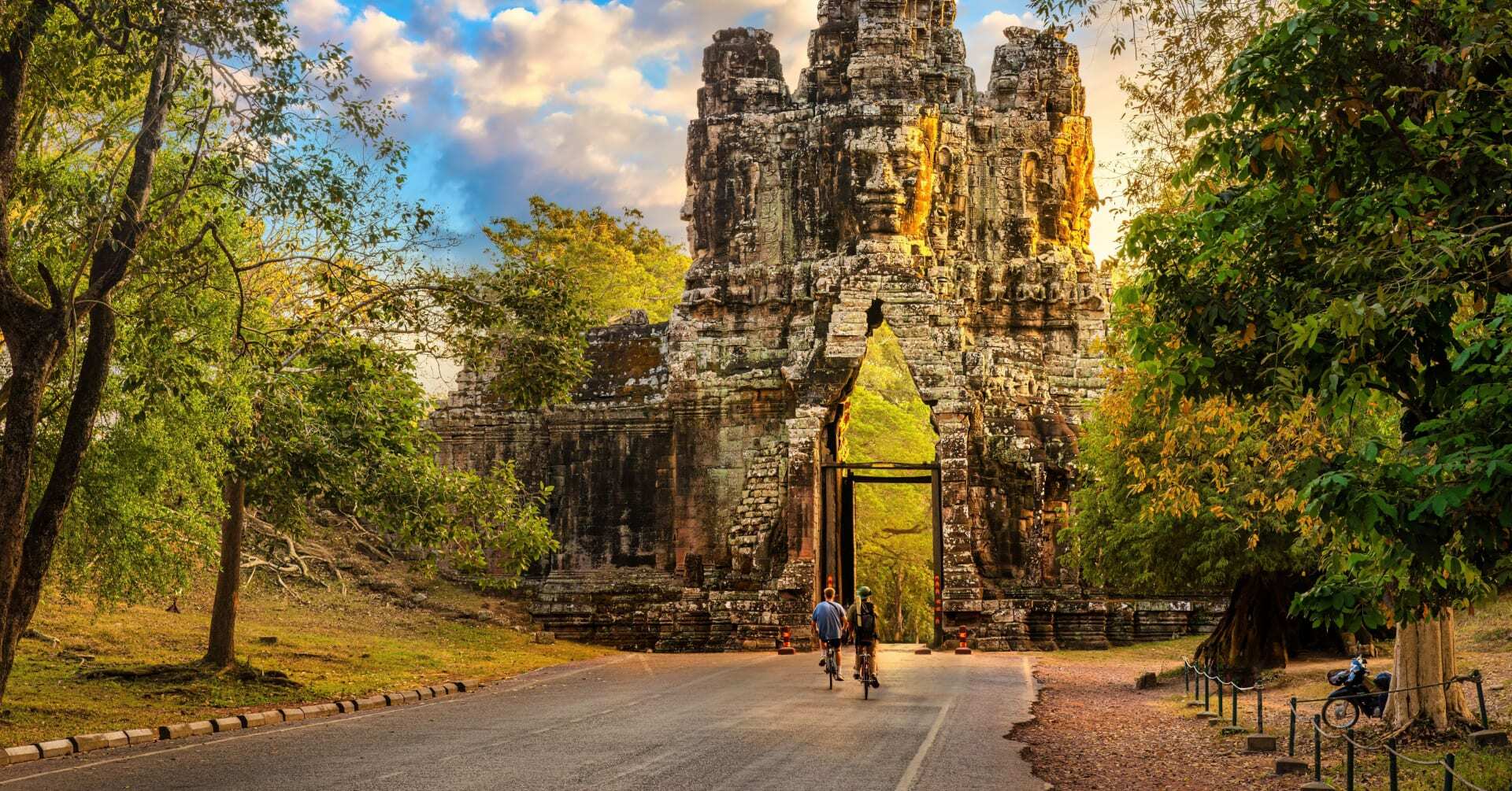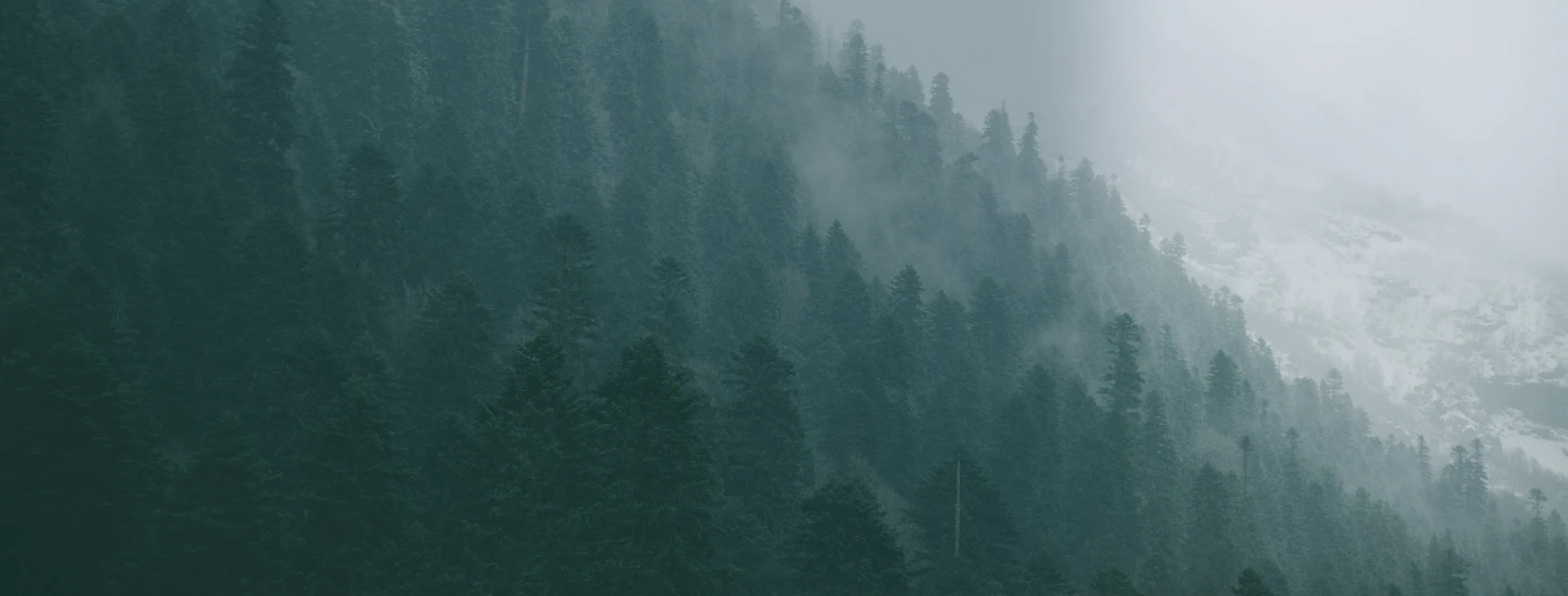8 Kilimanjaro routes to consider, including Machame & Lemosho
Standing at a staggering 5,895 metres, Tanzania's Mount Kilimanjaro is the highest mountain in Africa and the tallest freestanding mountain in the world. Conquering this iconic peak is a feature on many keen adventurer's bucket list, but there are several Kilimanjaro routes to consider before you start planning your trek, to make sure you have the best chance of reaching the summit.
We recommend the Machame and Lemosho routes, and our preference is the Lemosho, which is considered by many to be the best and most beautiful route to climb Mount Kilimanjaro.
Here, we give details of all eight options, including Machame and Lemosho, so you can make an informed decision as to which route is best for your Kilimanjaro trekking adventure.
- The Shira Route
- The Umbwe Route
- The Western Breach Route
- Optional Stay at Crater Camp
- Climbing Mount Meru
The Lemosho Route

The Lemosho Route is longer than the more popular Machame Route and offers a more gradual ascent of Kilimanjaro, ideal for those with less trekking experience (though it's certainly still a huge challenge).
This route's more gradual ascent also provides a better acclimatisation period, which helps prevent altitude sickness (one of the most common reasons why climbers don't reach the summit).
To date, we have a 100% success rate of climbers reaching the summit on our Kilimanjaro treks via the Lemosho Route.
It’s possible to trek the Lemosho route in as little as six days, however we highly recommend our longer Mount Kilimanjaro Lemosho Trek itinerary, which is eight days in total, including a summit day and the descent.
Breakdown of the Lemosho Route
The Lemosho route approaches Kilimanjaro from the west, with the first two days trekking through the Lemosho Glades, an area of remote rainforest, which also offers wildlife watching opportunities.
This trail is less crowded than the other, busier routes and during the first few days of your trek you’re free from large crowds.
Heading up to the Shira Plateau, the Lemosho trail follows the Southern Circuit to approach Kilimanjaro's summit, eventually joining the Machame route, using Stella Point to approach Uhuru Peak, then the Mweka route to descend.
The Lemosho trek is camping-based and we believe that this offers a more adventurous trekking experience than sleeping in huts, which is the option on the Marangu route. Although the camping conditions are simple, the service from our porter team is fantastic.
Most of the trails on the Lemosho Route are well defined and good quality, but some forest sections are often slippery and moorland paths can be very wet in poor weather conditions. For more information about when to do your trek, read our guide to the best time to climb Kilimanjaro.
The Machame Route
Machame is the most popular route for climbing Kilimanjaro, faster and also tougher than the Lemosho route; although not technically difficult, the trails are more strenuous and steeper.
However, Machame is popular for a reason: this route has a great track record, with a reported 60% of climbers reaching the summit of Kilimanjaro.
There are options to trek the Machame Route in six days or seven days, with the additional day having the benefit of more acclimatisation time in order to combat altitude sickness. Take a look at our Mount Kilimanjaro Machame Trek for more details.
Breakdown of the Machame Route
The scenic Machame route starts from the southwest side of Kilimanjaro, circles Kibo on the southern side, following the Southern Circuit via Barafu and Stella Point to reach Uhuru Peak.
This route gets most busy around Barranco, where the Lemosho, Shira and Umbwe routes converge.
You'll be treated to stunning scenery through four diverse climatic zones on your ascent. Highlights include the Shira Plateau, the Lava Tower and the Barranco Wall, though the latter is a challenging climb.
The Machame route offers fully catered camping, same as the Lemosho route, but we believe this adds to the trekking experience.
Wayfairer Top Tip
I trekked the Machame route in June and it was not overpopulated at all. As a result, we got to really lose ourselves in the wilderness. We passed through several different biomes, including rainforest, alpine scenery and rocky desert. There were all sorts of weird and wonderful plants along the way, including passing through moss that hung from tree boughs like we were in the Bayou, which was eerily atmospheric in the mist.

The Marangu Route
.webp?width=1000&height=625&name=mount_kilimanjaro_glacier_snow-capped_tanzania-1%20(1).webp)
Often nicknamed the "Coca Cola" route for it's popularity (and therefore, unfortunately, crowds), the Marangu Route is the only Kilimanjaro route that uses the same path up and down, adding to the frustration of those trying to ascend and descend in the same space.
The "Coca Cola" moniker also refers to the fact that the Marangu route is considered a much easier climb (at least, until the last day of the hike) via a comfortable walking path with a very steady, gradual slope, and therefore used by many unprepared tourists, rather than serious trekkers.
For more information about effectively preparing for the Kilimanjaro trekking adventure, read our beginner's guide to Kilimanjaro trekking.
Although technically an easier hike, the five-day Marangu route has one of the lowest rates of success of all the Kilimanjaro routes, in part due to the lack of preparation from climbers and also due to the shorter duration (meaning a quicker ascent), which can cause altitude sickness.
Breakdown of the Marangu Route
The Marangu Route begins in the southeast and approaches Uhuru Peak via Gilman’s Point, with the same trail being used in the descent. The route is also less scenic than the others, which might lead you to wonder: why use this Kilimanjaro route at all?
However, the biggest benefit of the Marangu Route is that there is hut accommodation (camping is not allowed). Though certainly not luxurious (you'll have a mattress and a pillow), this may be the best option for those who cannot camp, for whatever reason.
The Northern Circuit Route

The Northern Circuit Route is one of the newest Kilimanjaro routes available, offering a longer and more gradual ascent by circumnavigating the mountain. You may recognise this as the Kilimanjaro route used for the Big Red Nose Climb in support of Comic Relief.
This trek is around a nine-day climb, which means it is the longest Kilimanjaro route on this list both in terms of time and distance travelled. This slow pace is great for acclimatisation and prevention of altitude sickness, resulting in one of the highest success rates of all Kilimanjaro routes.
Breakdown of the Northern Circuit Route
The Northern Circuit Route has the same starting point as the Lemosho trail, approaching the mountain from the west. However, instead of following the Southern Circuit like the other west-approaching routes, as its name suggests, the Northern Circuit heads in the opposite direction.
Navigating the mountain via the quiet, rarely-visited northern slopes, the Northern Circuit includes diverse scenery and a quieter trail, offering you more time to acclimatise and no crowds, to best enjoy your climb and the epic views.
The Rongai Route

The northern Rongai route offers a relatively "easy" climb, a high success rate, a gradual and steady ascent, plus wildlife watching in the wilderness (look our for big game such as buffalo, antelope and elephant).
The main draw of this Kilimanjaro route is the chance to get away from the crowds, so you can enjoy the incredible scenery. The six-day route via Mawenzi Tarn staying in well-staggered camps also means you'll have more time to acclimatise and less risk of altitude sickness.
Breakdown of the Rongai Route
The Rongai route is the only Kilimanjaro route that approaches the mountain from the north. The trail starts from the northeast and passes through the Saddle, between Kibo and Mawenzi Peak.
This route uses Gilman’s Point to approach the summit and then descends via the Marangu Route, so you get the opportunity to see both sides of the mountain.
Although considered to be less scenic than the Lemosho and Machame routes, there are still oases of wilderness, especially on the later days of the hike and the camp beneath Mawenzi Peak is noted as one of the most scenic on the mountain.
An additional benefit of the Rongai route is than the northern side of Kilimanjaro tends to be drier, so weather conditions are more favourable for climbing and camping. This is a big plus to consider if you're trekking during Tanzania's wetter seasons.
The Shira Route

The Shira route follows the Machame route up Mount Kilimanjaro, but with one big difference: the first day catapults you into some serious altitude.
The first leg of the trek is via a road, which makes the most sense to drive along in order to conserve time and energy, but this means a leap to 3,500 metres above sea level without any acclimatisation time.
You can opt to walk the road instead, but it's hardly the most scenic of options.
The route can be completed in six days, but you'd be wiser to opt for a longer version of the trek in order to properly acclimatise, especially if you're only just arrived in Tanzania or if you live around sea level.
Breakdown of the Shira Route
The Shira route approaches Mount Kilimanjaro from the west and then joins the Machame route, using the Southern Circuit to approach the summit and the Mweka route to descend. Due to the route being less popular, you'll be able to enjoy the tranquillity of the mountain scenery.
To avoid altitude sickness, the best option with this route is to include a night at Karanga Valley, near the summit.
The Umbwe Route

The most demanding, steep and exposed Kilimanjaro route, the Umbwe Route is arguably also the most spectacular in terms of scenery. However, this is only a real option for highly experienced climbers, due to the difficulty of the trails.
The short and challenging beginning ascent to Barranco camp takes two days (on the Lemosho and Machame trails this journey takes three to four days). The lack of time for acclimatisation is also a factor to consider, as this is one of the reasons why the Umbwe route has a lower success rate.
Breakdown of the Umbwe Route
The first two days are the most difficult, with parts of the trail on the first day so steep that tree roots must be used as steps to climb and handles to pull yourself up. On the second day, the exposed ridge will test those uncomfortable with heights and watch out for "Rope Rock!"
The Western Breach Route
.webp?width=1000&height=665&name=tanzania_mount_kilimanjaro_summit-1-_1_%20(1).webp)
The Western Breach Route is the most technically difficult Kilimanjaro route and was closed in 2006 after a fatal rockfall.
Reopening in 2007, there are now stricter regulations about safety (helmets and sometimes crampons are recommended), but this is still only an option for very experienced hikers.
Success rates are moderate, but this is largely in part to the fact that only extremely experienced trekkers dare to tackle this route. Similar to the Umbwe route, limited acclimatisation times means that altitude sickness is a big risk.
Breakdown of the Western Breach Route
The Western Breach Route starts on the Umbwe Route before continuing north and up from Lava Tower, before taking a steep ascent past Arrow’s Glacier and up the Western Breach to Crater Camp and Uhuru Peak.
Optional Stay at Crater Camp
Some Kilimanjaro routes can include the option to spend the night at Crater Camp, the highest campsite on Mount Kilimanjaro, located just 103 metres lower than Uhuru Peak. This option will add one extra day to your itinerary.
If you stay at Crater Camp, you set off much later on your summit day, which means that you get there in plenty of time for sunrise and you aren’t rushed at all or worried about missing sunrise if you’re too slow. Plus, you can climb to the summit without the crowds.
A stay at Crater Camp also means that your entire trekking team will get to the summit and celebrate with you, rather than staying at Barafu Camp packing up the tents – this is something that previous clients have felt was a real highlight of their Kilimanjaro experience.
However, please note that spending a night at Crater Camp can run a risk of getting altitude sickness and therefore it is only suitable for people who are confident that they acclimatise well and have successfully been to high altitude before.
Climbing Mount Meru

If the thought of conquering Kilimanjaro seems too much, there's also the option to climb neighbouring Mount Meru, a dormant stratovolcano located around 70 kilometres west of Kilimanjaro in the country of Tanzania.
Lying just north of the city of Arusha and standing at a modest 4,562.13 metres against Kilimanjaro's monstrous 5,895 metres, Meru is the second tallest mountain in Tanzania and the fifth-highest mountain in Africa (dependent on definition).
The only legal trail to climb Meru is the Momella route, which starts at Momella gate, on the eastern side of the mountain and ascends to the summit along the northern arm of the horseshoe crater.
The climb can be completed in around four days (three nights), with hut accommodation provided along the way. However, Meru is still a big challenge and a steep climb, so shouldn't be underestimated.
Wayfairer Top Tip
If you are up for even more of a challenge, why not take on Meru and Kilimanjaro in one trip? By climbing both the so-called Twin Peaks, you will acclimatise better and stand a better chance of reaching the summit of Kilimanjaro after warming up with Meru.

If you'd like more information about Kilimanjaro routes and about Africa's highest mountain, call our Luxury Travel Specialists for a chat about your dream trip or fill out our no-obligation enquiry form.


